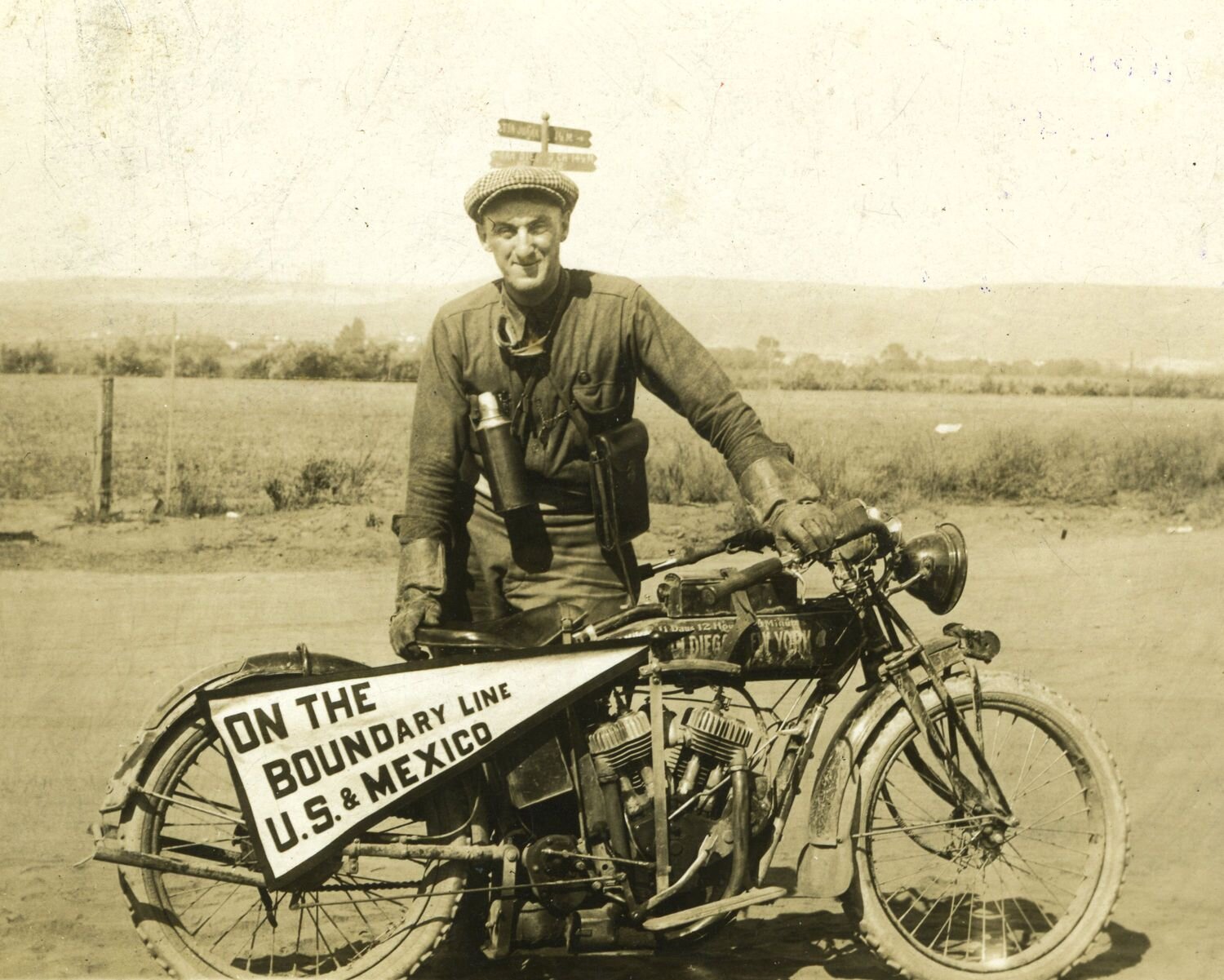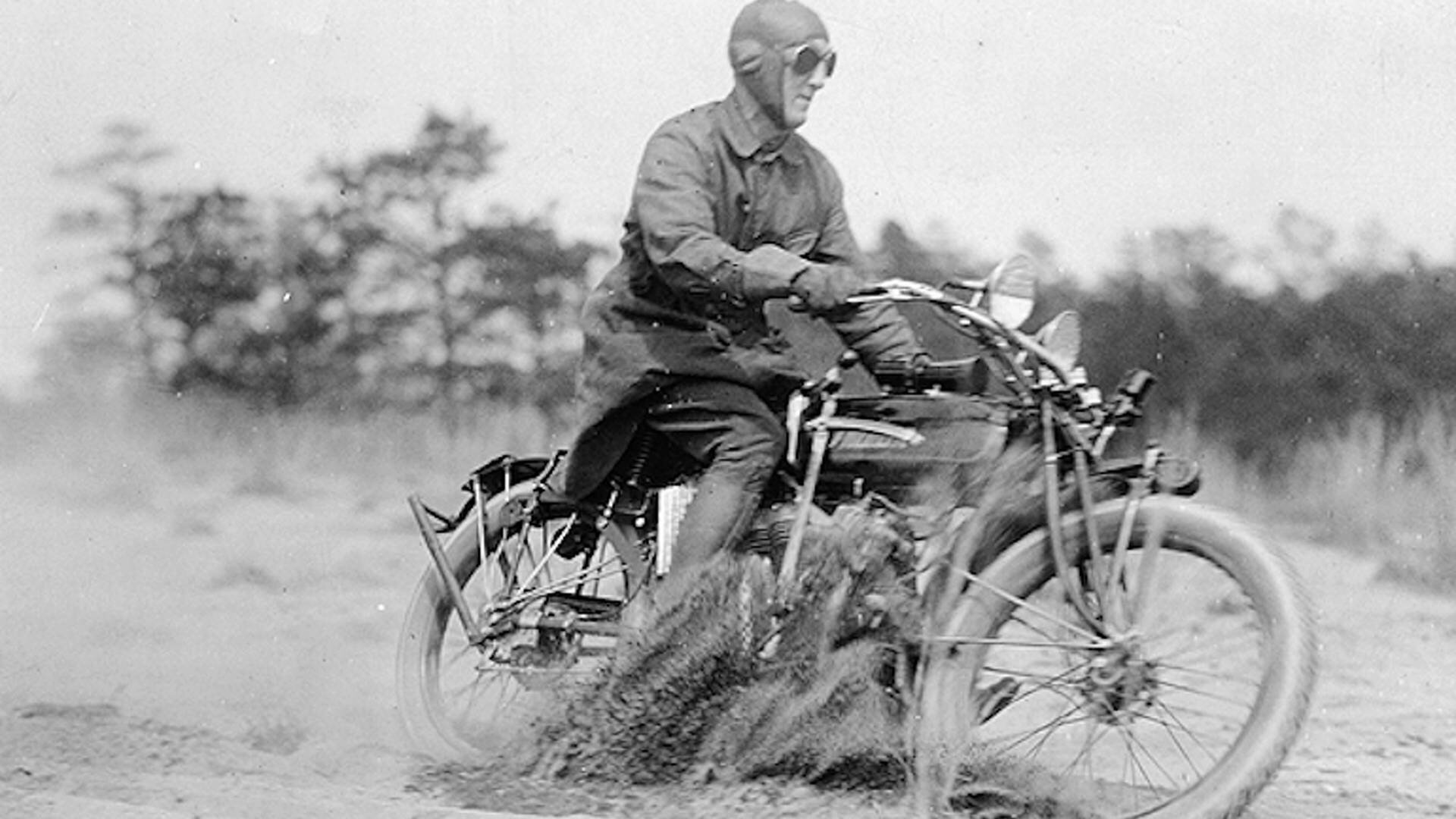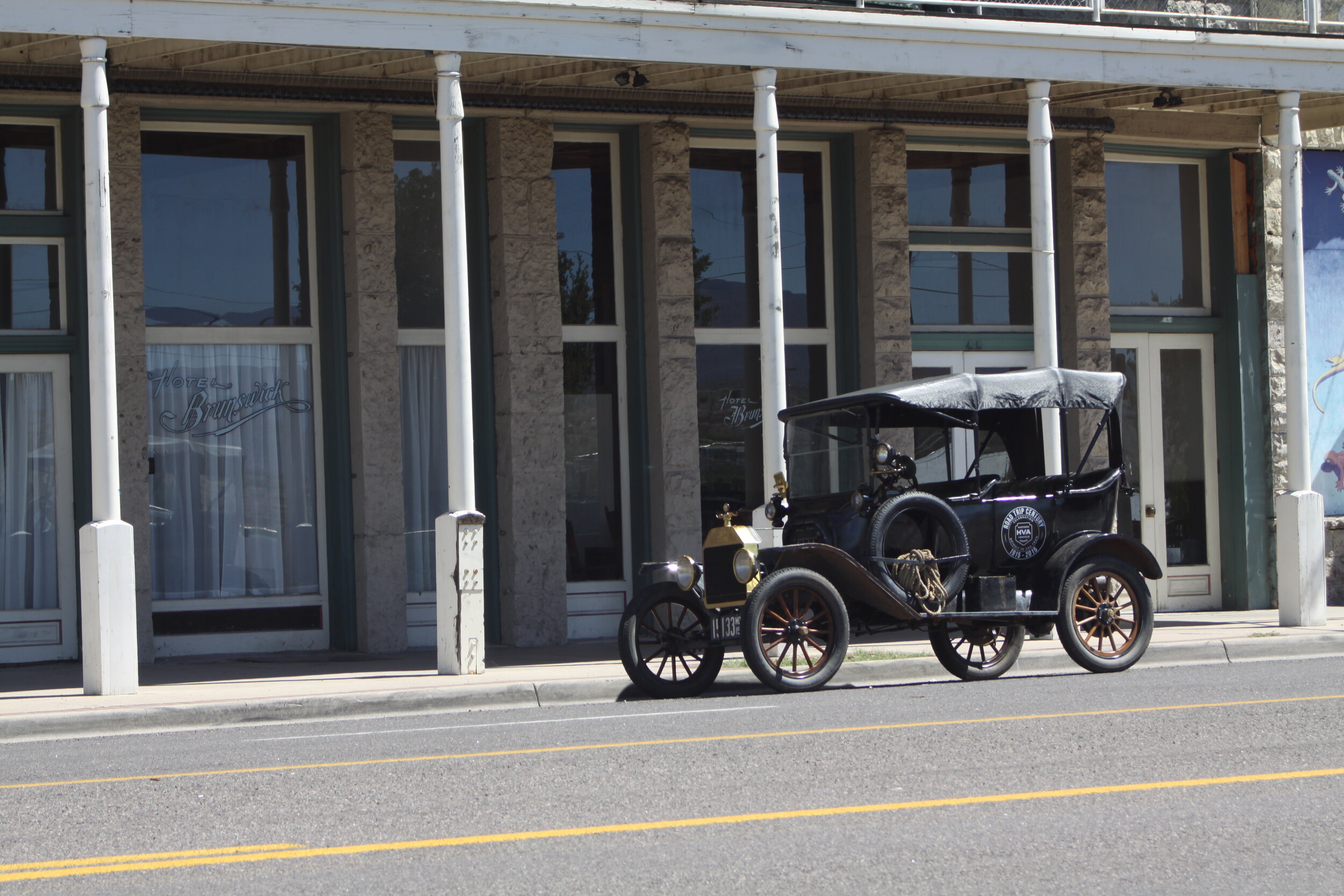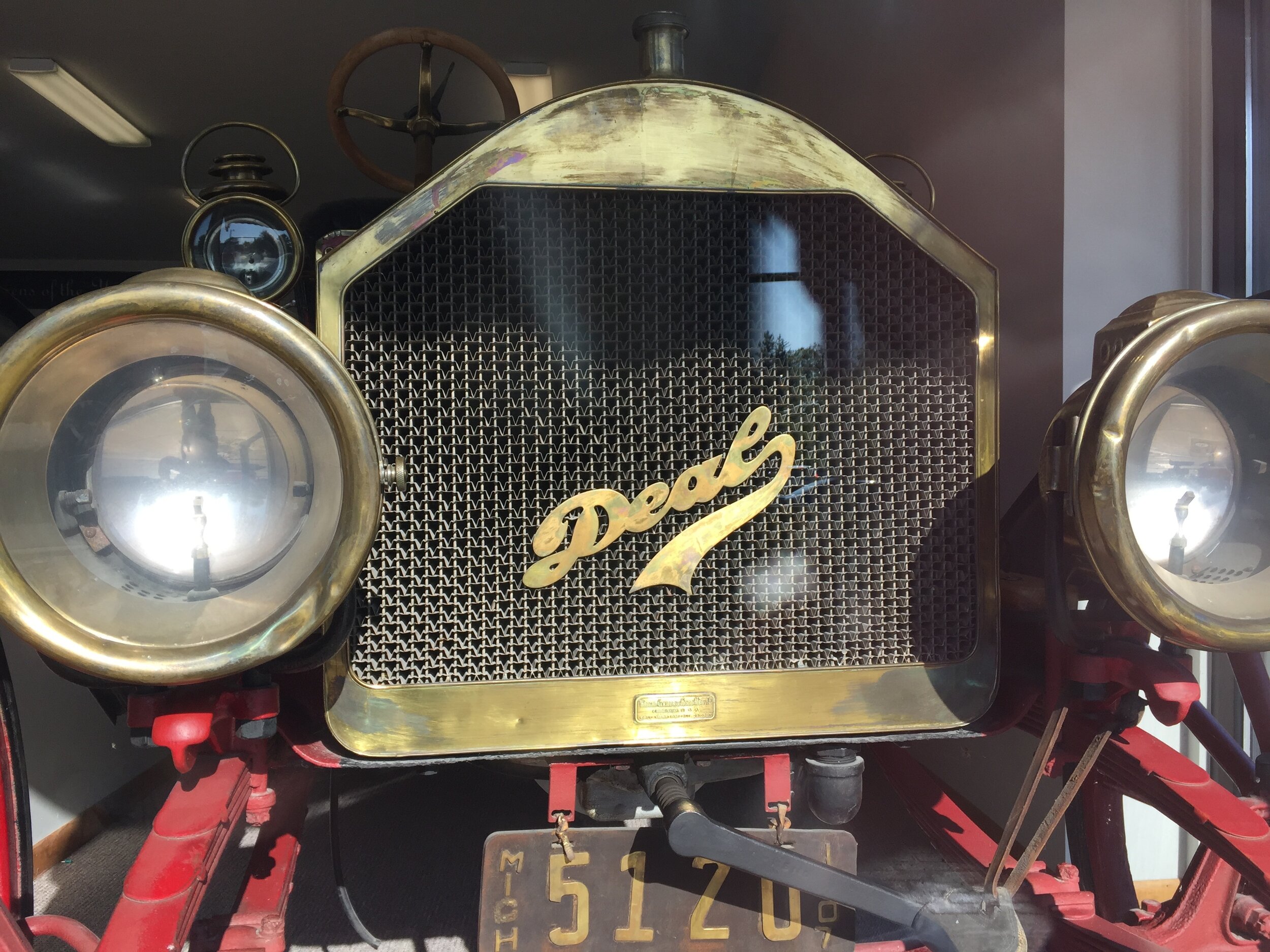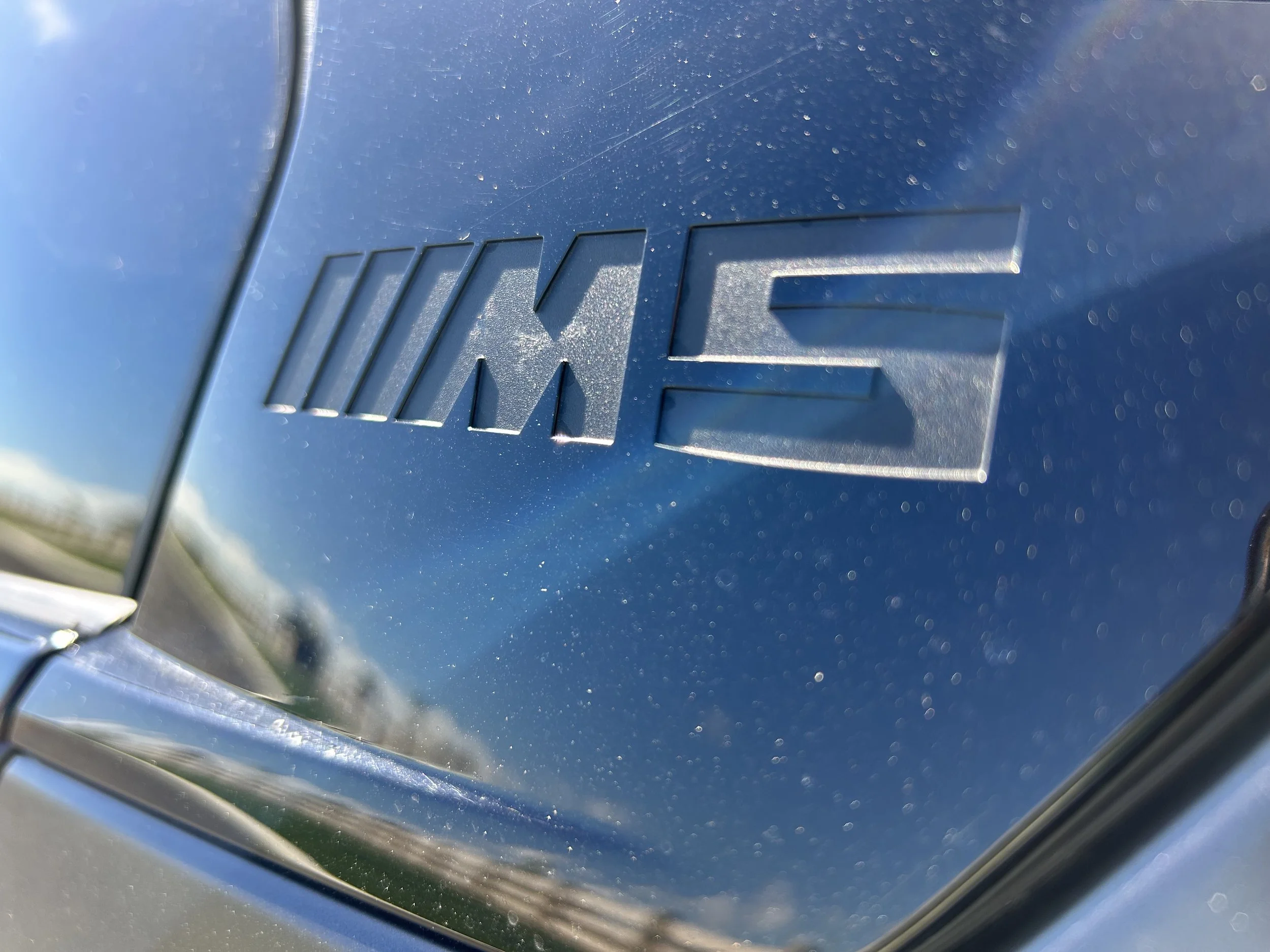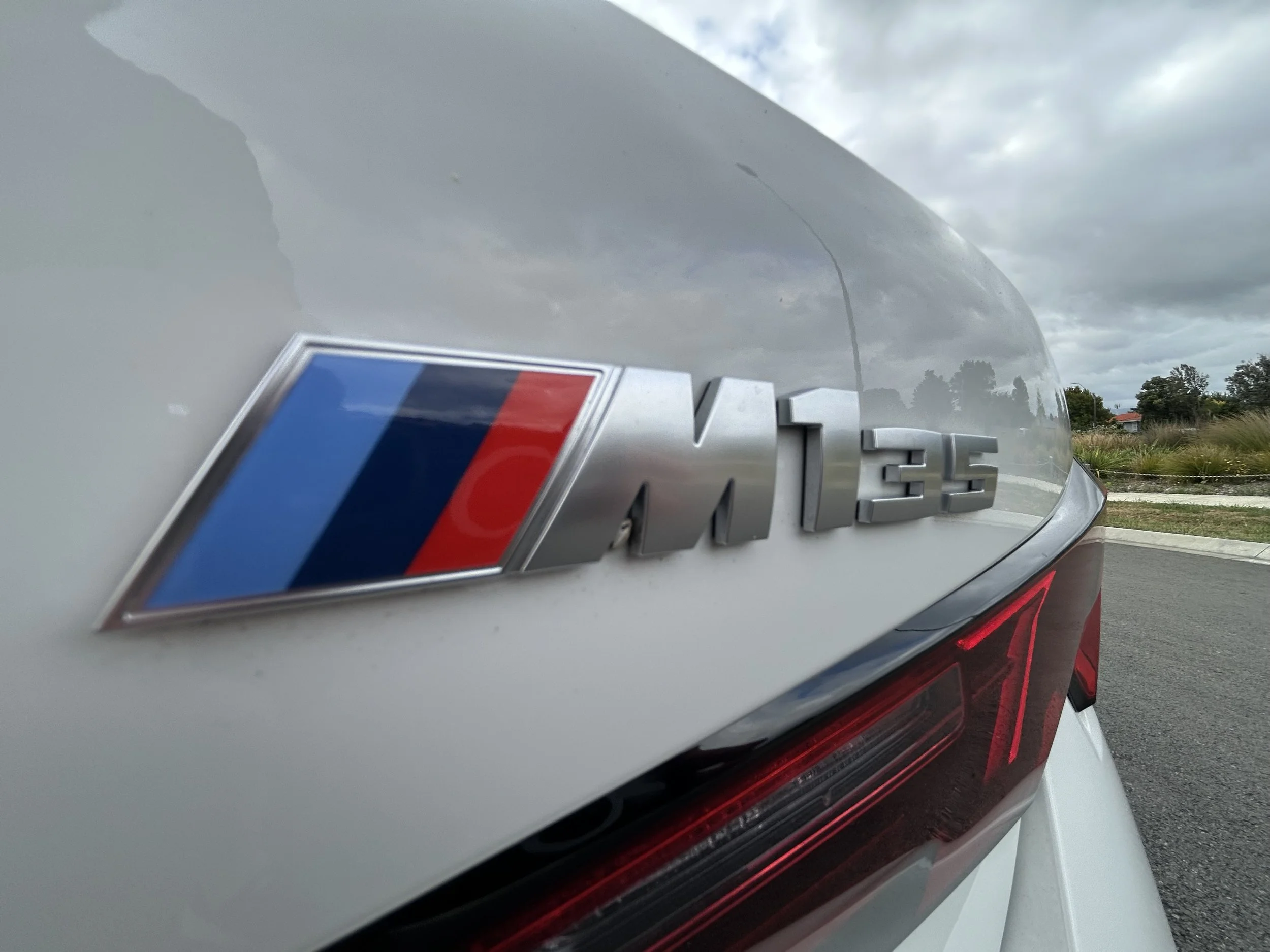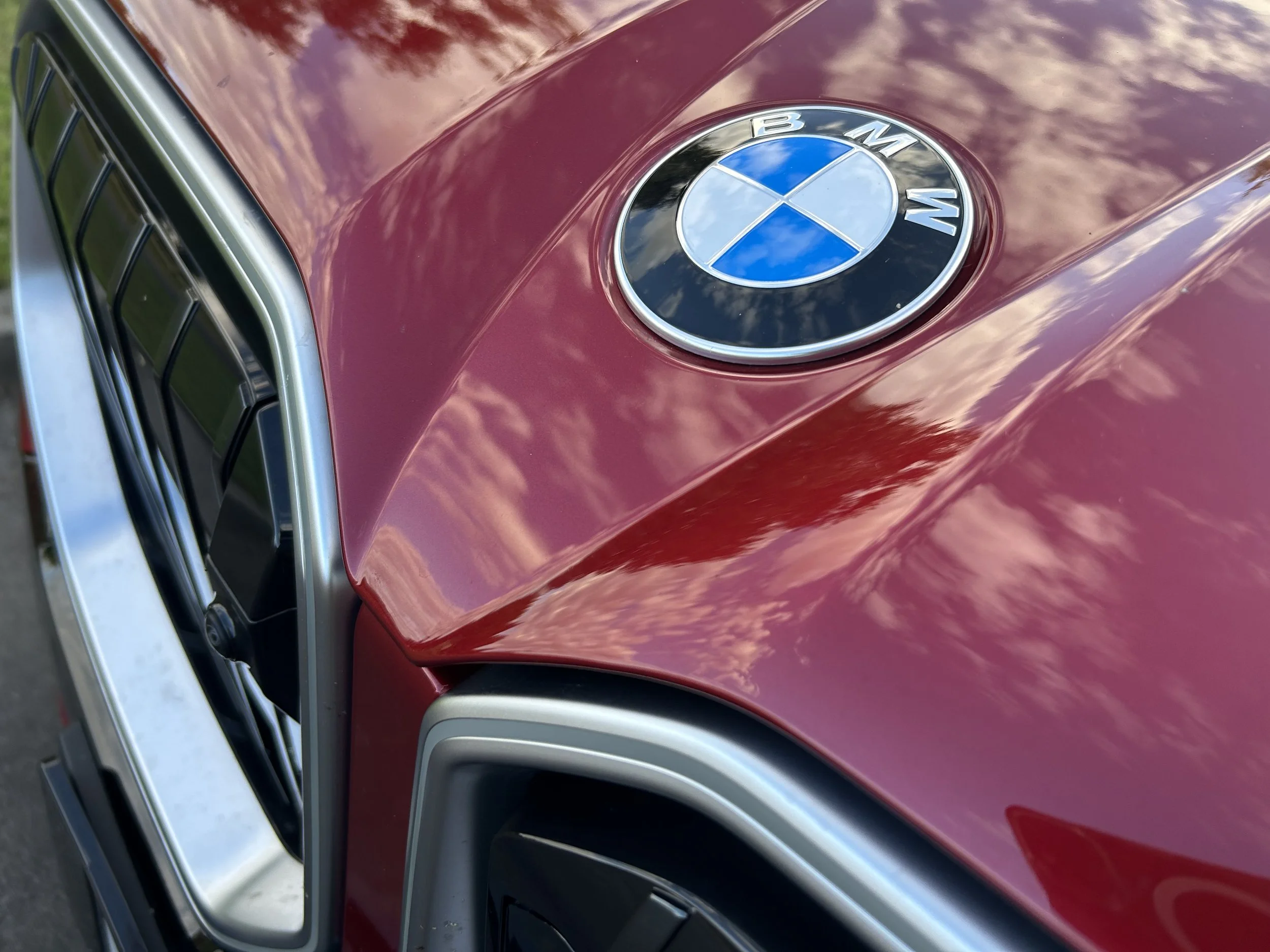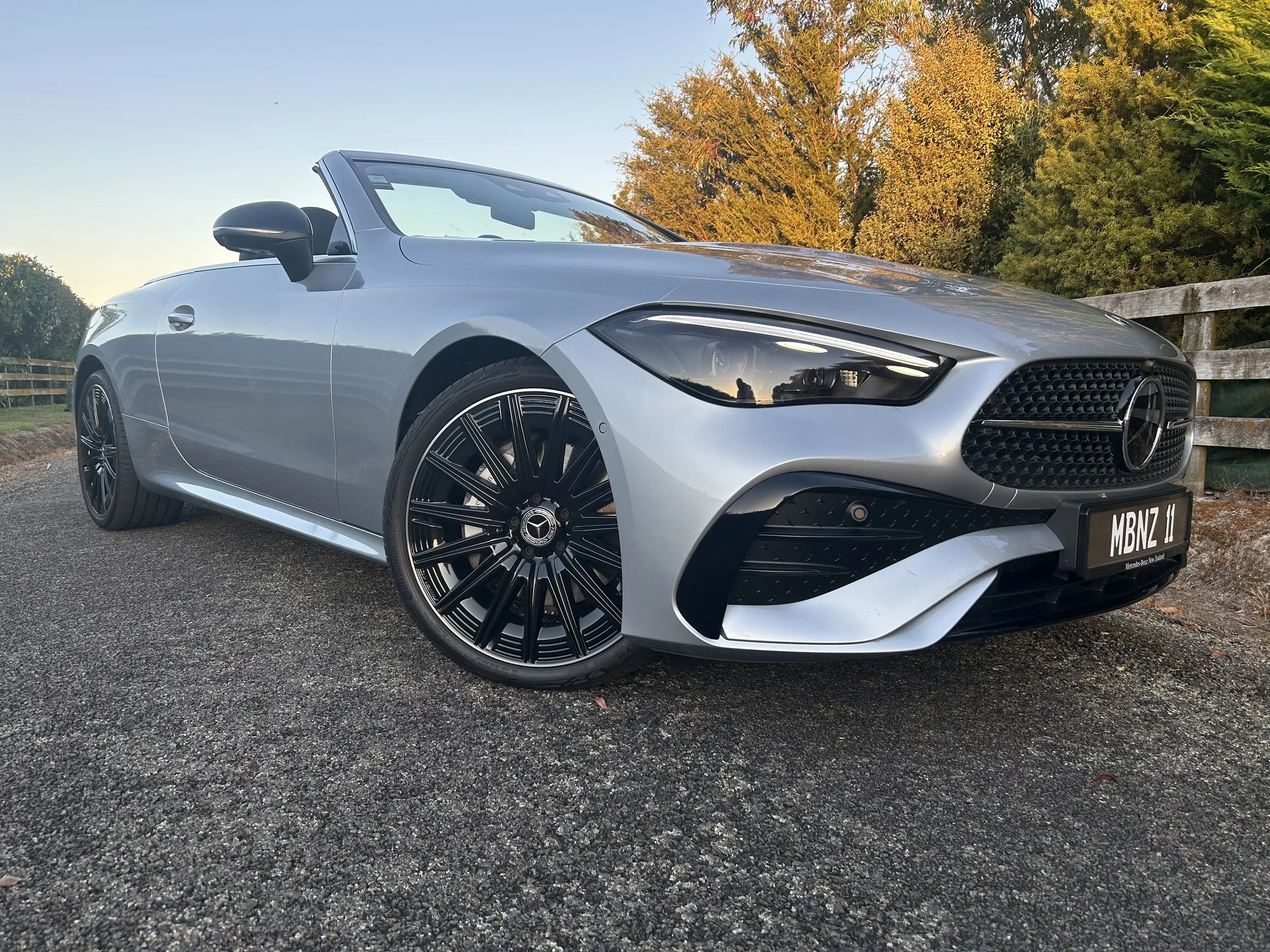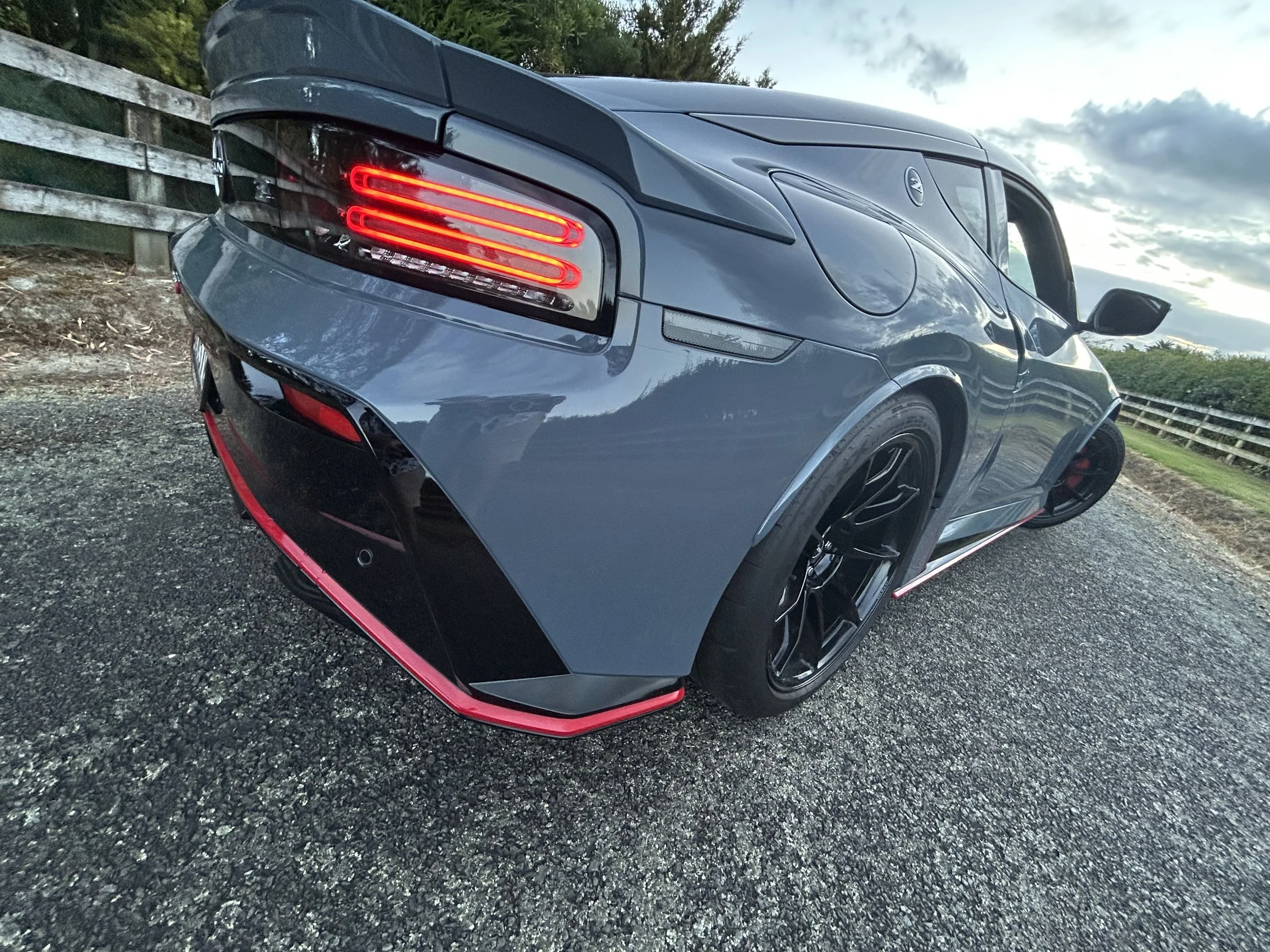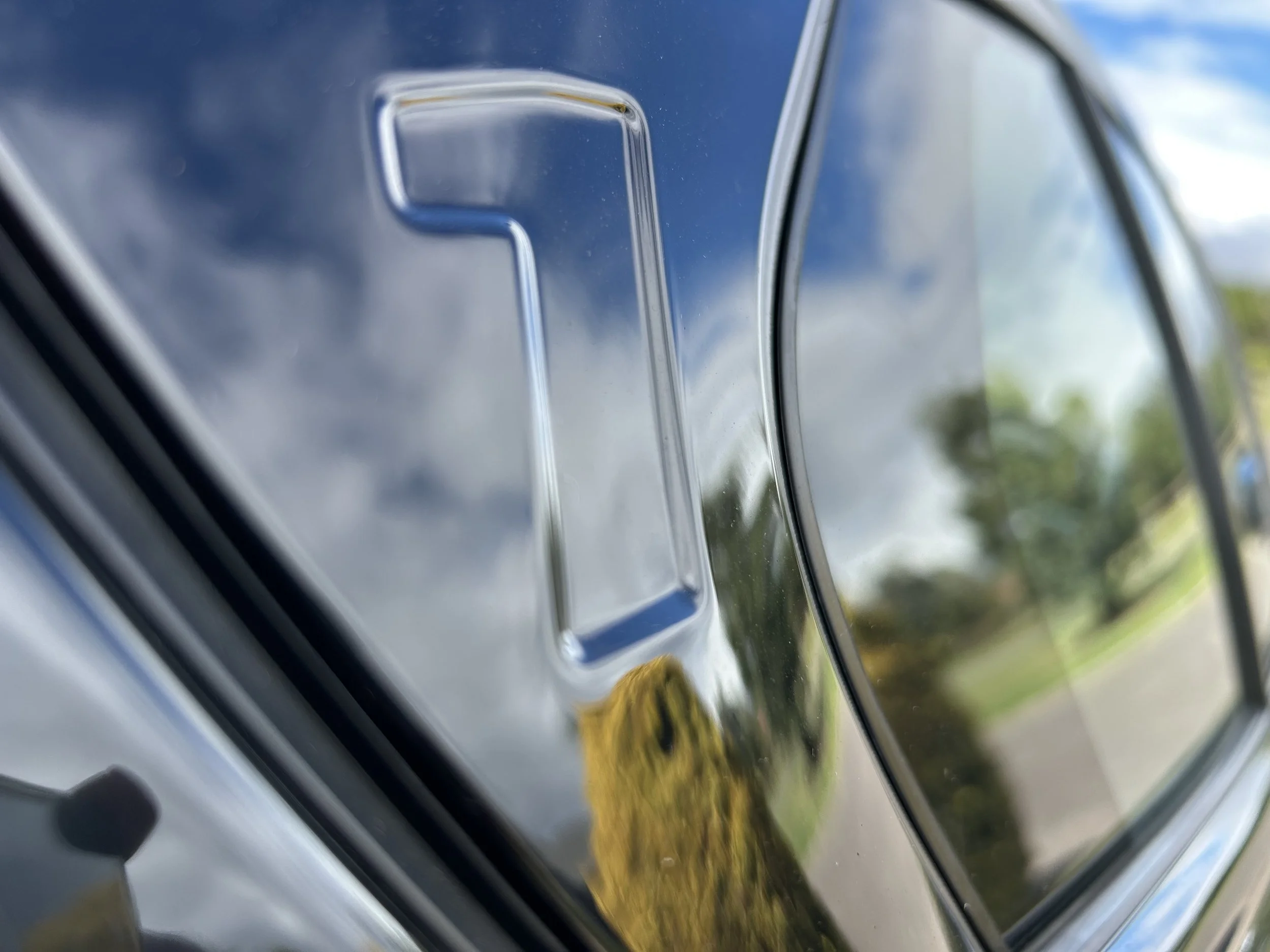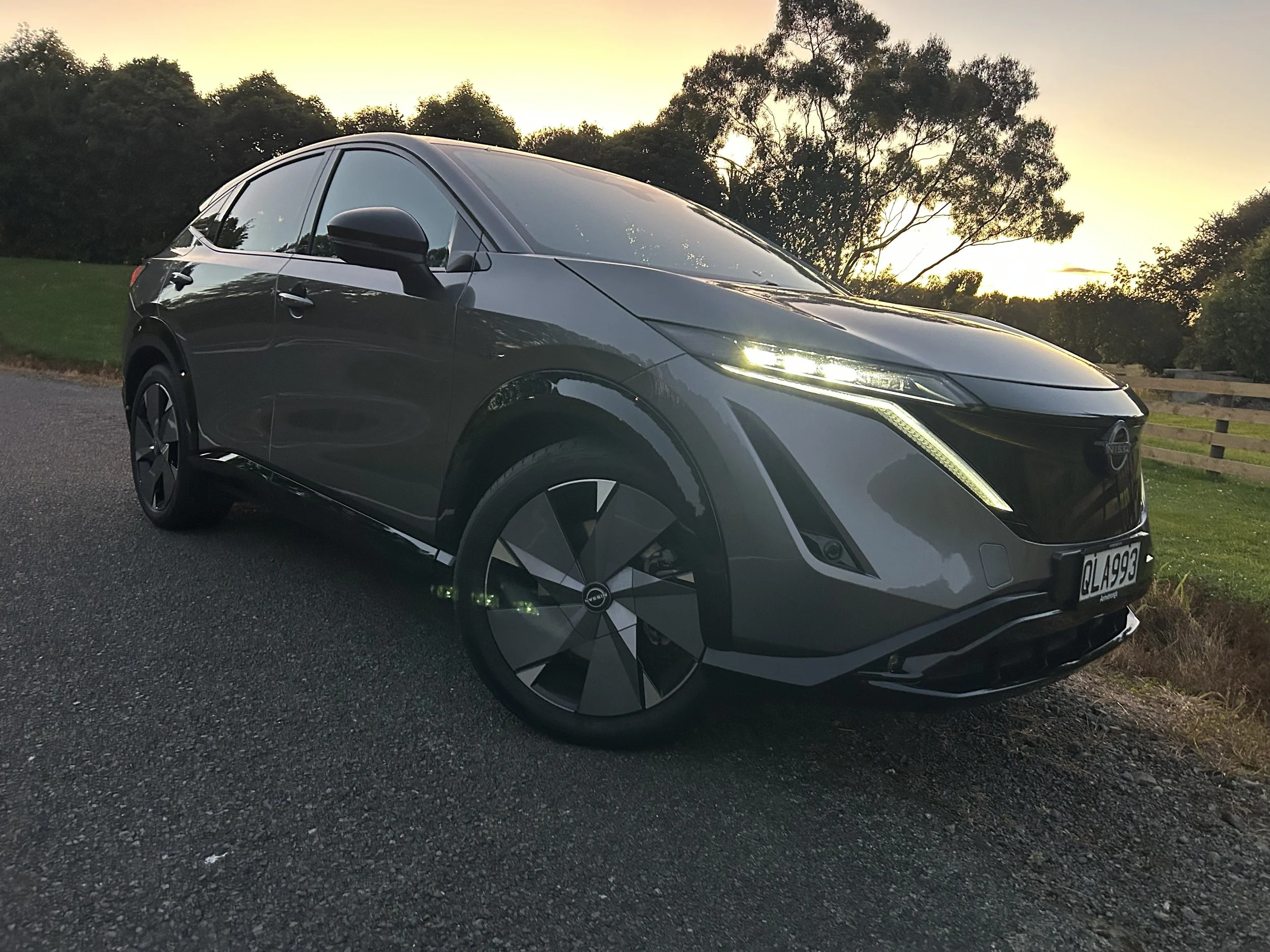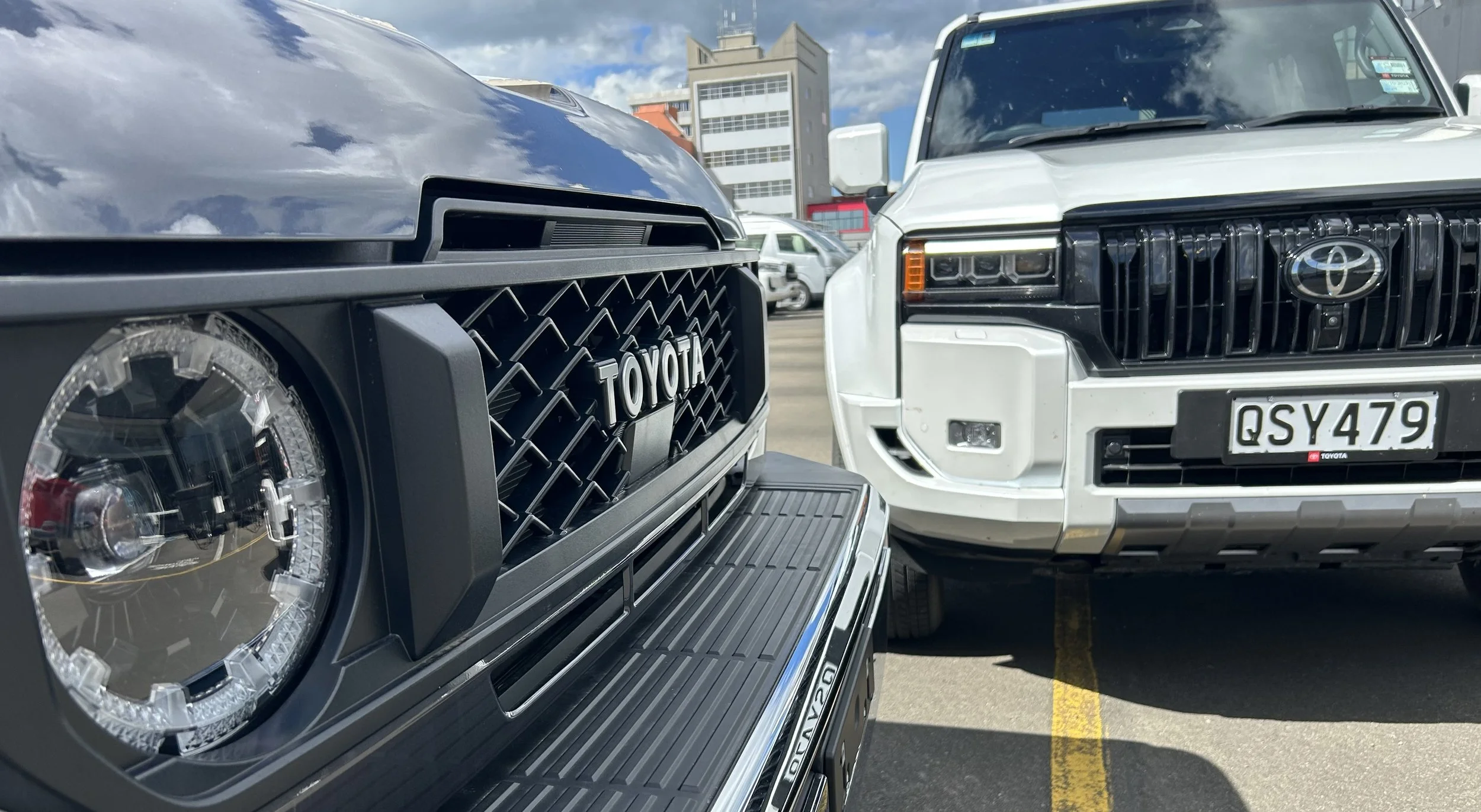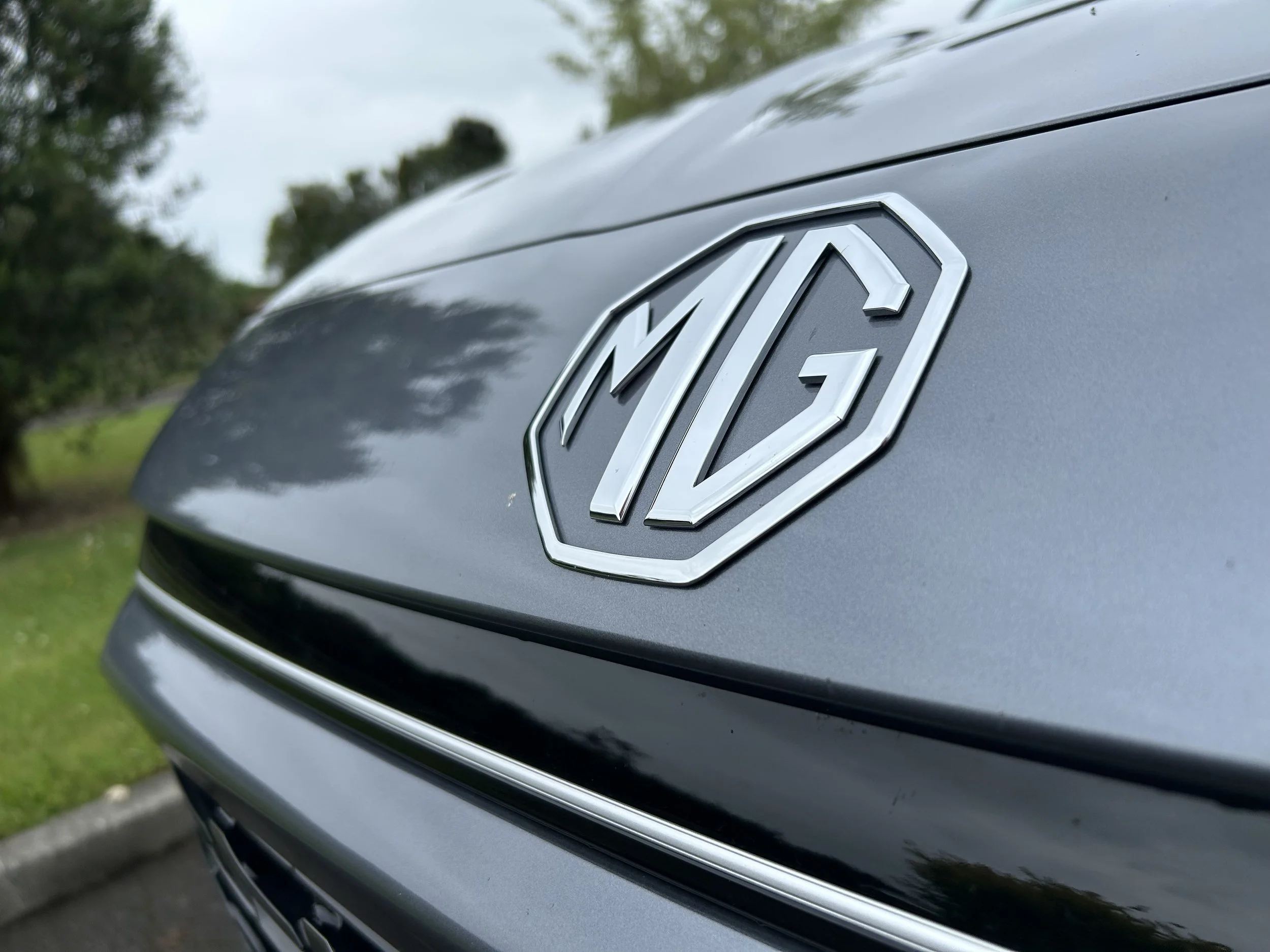When selling sizzle was truly an art
/The methods for marketing cars have changed dramatically over the years.
MUCH has been written on the early technological development of the automobile, the visionaries who moved it from circus sideshow curiosity to necessity, and the dramatic societal changes wrought by replacement of the horse and buggy.
Curiously, a vital component in this transition from stirrup to throttle and public acceptance of the automobile is seldom given more than cursory examination.
In the beginning automotive advertisement was as primitive as the machines that they promoted. Patent medicine and shoes were often promoted with more enthusiasm than the automobile. The automobile was marketed with dry and wordy advertisement void of illustration. Filled with technical terms and scientific terminology they were as exciting as an insurance seminar.
As an example, an advertisement for the 1900 Porter Stanhope begins with a banner headline proclaiming that this was “The Only Perfect Automobile.” A small pen and ink portrayal of the vehicle and a notation of weight and price was followed by several hundred words of text. “A handsome, stylish vehicle which can be started instantly and without previous laborious or lengthy preparation, can be stopped promptly, can be run at any speed up to twenty-five miles per hour …”
An advertisement from 1903 is more than stark in its simplicity. “The Jaxon – Steam is Reliable and Easily Understood.”
Another from 1903 presents only a side view illustration of the car followed by the address of the manufacturer and, “Wanamaker Automobiles – The New Searchmont.”
Many leading proponents of the automobile openly questioned the need for manufacturers to advertise at all. In 1897, Edward Goff, editor of the The Motorcycle, asked that question in the May issue and answered it by saying, “…it would require volumes to produce arguments in its favor. The manufacturer of the motorcycle is in a position to take advantage of more free advertising than any other industry.”
When it came to automotive advertisement, initially not even increasing competition, dramatic technological evolution, and a rapidly changing public perception of the automobile changed this school of thought. However, a few astute businessmen, such as Ernest Elmo Calkins, felt that the establishment of artistic standards as well as tailoring promotion to target a select market would benefit a manufacturer. He also felt that that this would give an automobile company an advantage over the competition and that the company that provided this promotional service would have unlimited potential for profit.
And so, in 1908 he partnered with Ralph Holden and launched Calkins and Holden, the first American advertising company to focus exclusively on automobile promotion. The company’s first customer was Pierce-Arrow.
The work of this pioneering advertising agency elevated the concept of automobile promotion above the perception that it was a pulp mill for wordsmiths’ incapable of earning a living as a writer. It also provided new opportunities for artists that earned their living from the creation of paintings used for penny post cards, posters, or book illustrations.
Active recruitment of artists for promotion of the Pierce-Arrow by Calkins and Holden was the first step towards establishment of the artistic standards envisioned by Elmo Calkins several years before. This was also an industry first.
Among the renowned artists who lent their talents to the promotion of Pierce-Arrow for the agency were Edward Borein, a master of western art in the style of Remington, and Ludwig Hohlwein, the leading German poster painter of the time.
Other artists included Newell Convers whose illustrative work for the books penned by Robert Louis Stevenson had made him legendary, and Joseph Leyendecker, famous for this Saturday Evening Post covers.
The resultant work was stunning, capable of conveying the message that Pierce-Arrow was not an average automobile for the average buyer. As the advertisements had few or no words, they stood in stark contrast to what had been the industry standard. In an instant, the Victoria era of advertisement was rendered antiquated and dusty.
What Calkins & Holden did for art in automotive advertisement Edward “Ned” Jordan did for colorful, concise, inspiring word pictures. Jordan began honing his skills for the development of automotive advertisement in the summer of 1907 for the Thomas B. Jeffery and Company, manufacturer of the successful Rambler, a company owned by his wife’s family.
In January of 1916, Jordan announced his resignation from Thomas B. Jeffery and Company and that he would soon be forming a company for the manufacture of automobiles. The resultant Jordan was a fine automobile that would most likely have faded into obscurity with the hundreds of other forgotten cars that were built during this period if it had not been for the advertising and marketing genius of the company’s namesake.
In a brilliant move the first advertisement for the Jordan appeared jointly in Motor Age and The Automobile with neither giving the identity of the company other than the trademarked Jordan Arrowhead in bright red. The advertisements were old fashioned with no photos, just concise well-chosen words that stirred the imagination. A footnote that inquiries for purchase or dealership opportunity were to be forwarded to either publication followed. The next week’s advertisement featured the Jordan name and an eight-page insert entitled, “The Realization of a Great Ideal.”
This format of teaser followed with full-blown descriptive promotion would become a hallmark of Jordan advertisement. However, the true legacy of Ned Jordan is the advertisements composed of stunning word pictures designed to stir the imagination.
“Smart Designs for Smart Folks” “The Jordan Silhouette – Women, with a natural appreciation of comfort, atmosphere and poise …” “Someday in June, when happy hours abound, a wonderful girl and a wonderful boy will leave their friends in a shower of rice …” “Somewhere west of Laramie there is a bronco busting, steer roping girl who knows what I’m talking about …”
Cadwallader Kelsey, the brilliant sales manager for Maxwell-Briscoe, laid the next foundational stone for the development of automotive specific advertisement. Stunting for sales had been an integral part of automotive promotion at least since 1896 when the Duryea Motor Wagon received top billing over the albino, dog boy, and fat lady at the Barnum and Bailey Circus.
Kelsey honed and perfected promotional stunts into a veritable art form. As an example, in Philadelphia, location for his first agency, Maxwell automobiles drove up the steps to the classiest restaurants in town, on a thousand-mile trip up and down Broad Street, and countless other stunts with banners flying. Then he added a modern twist with the hiring of Lubin Film Studios to capture the stunts for showing at nickelodeons. The filmed automobile commercial was born.
Completing the foundation of modern automotive promotion was the development of slogan usage. Initially these slogans focused on a cars ability to overcome the difficulties of the pioneering motorist. As a result, they today serve as wondrous time capsules.
For the Jackson “No Hill Too Steep, No Sand Too Deep” and the Pope-Toledo was the “Quiet Mile A Minute Car.” The Allen was “The King of Hill Climbers.”
With the establishment of customer loyalty and standardization of the industry, the honing of slogans and jingles into messages that provided instant association for a manufacturer became an integral part of any promotional campaign. Cadillac has been “The Standard of the World” for almost a century. “Ask the Man Who Owns One” left little doubt that Packard owners were satisfied customers. The Lozier was, “The Choice of Men Who Know.”
Quantum leaps in automotive technology made cars dependable and less costly to operate than a wagon and team. This in turn gave way to a rise in the supportive infrastructure needed for automotive usage to be practical beyond the confines of urban areas.
The development of automotive advertisement, however, was key in the transformation of the automobile from a household luxury to a necessity, from sideshow curiosity to a multimillion-dollar business, and from the dream of eccentrics to a reality of steel and glass. It was automotive advertisement that encouraged people to “See the USA in a Chevrolet,” and to think about the “Ford in Your Future.”
Written by Jim Hinckley of jimhinckleysamerica.com

















